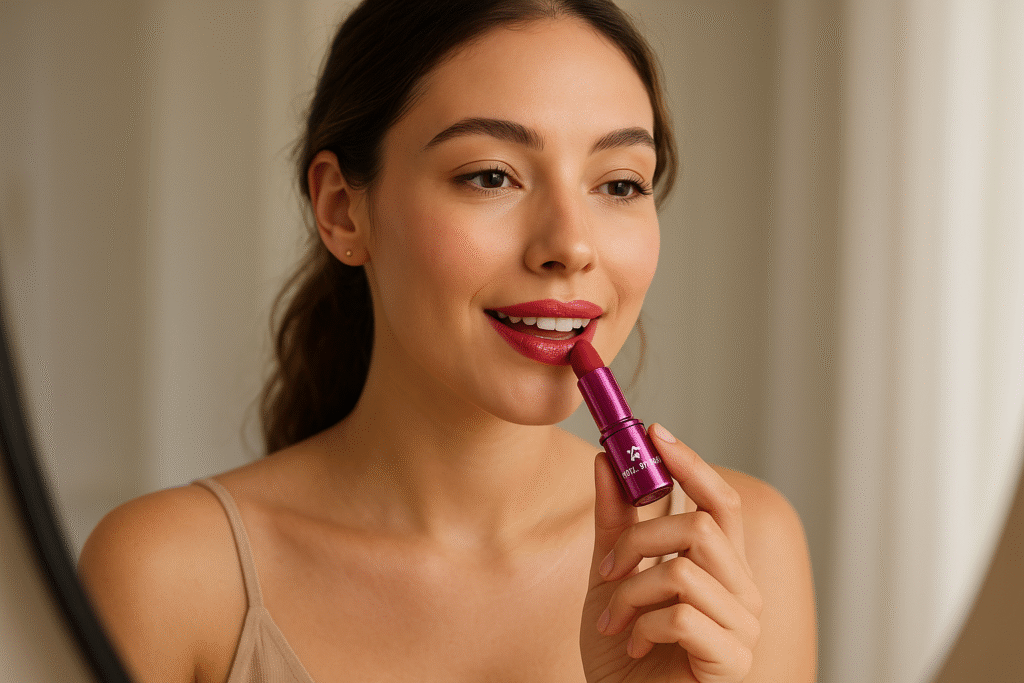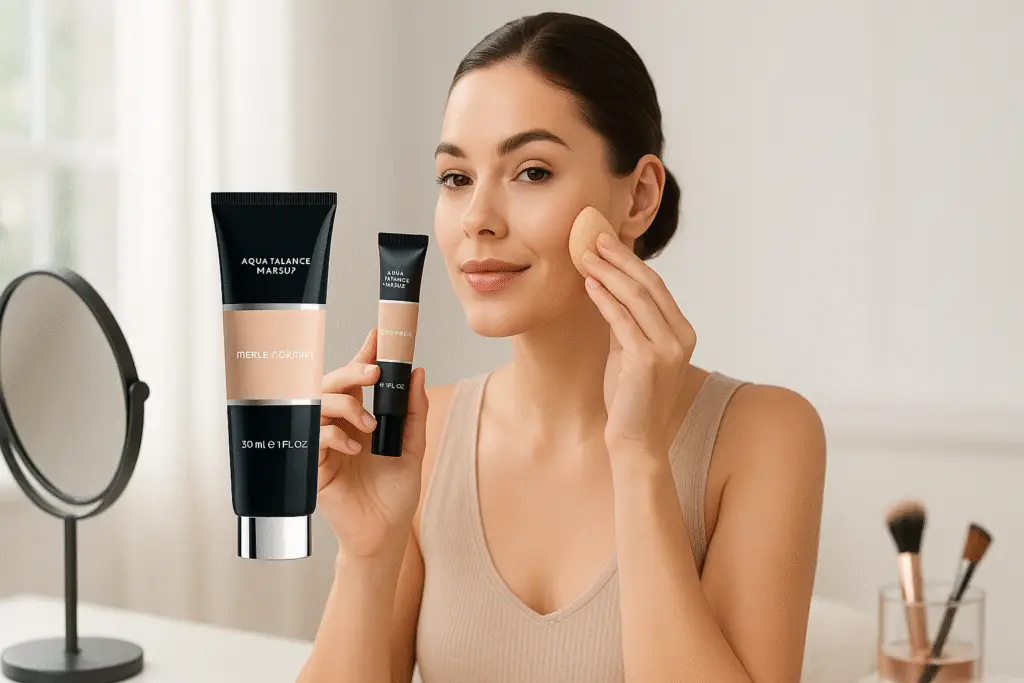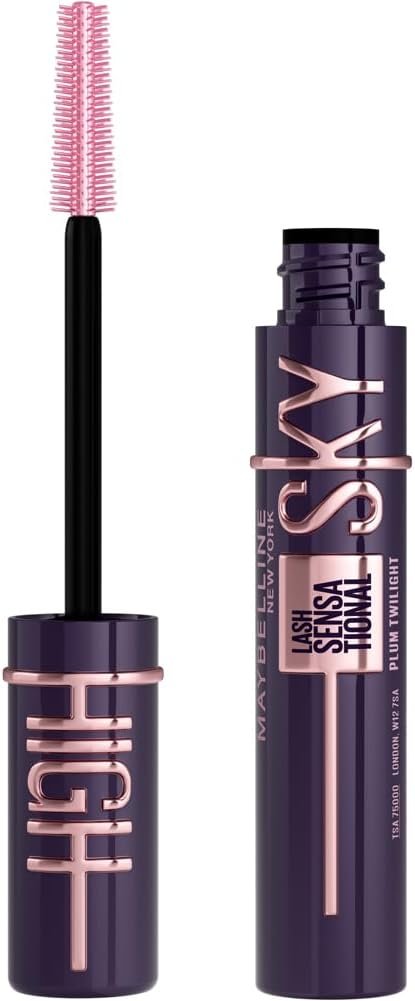Lipstick Color: How to Choose the Best Lip Colors for Your Skin Tone
Introduction
Did you know that 70% of women say finding the perfect lip color boosts their confidence more than any other makeup product? Yet many of us are wearing shades that don’t truly complement our features. This fall, lip colors are taking center stage in beauty trends, with rich hues and versatile formulas dominating runways and social media alike. Whether you’re drawn to the classic appeal of a Lipcolor Sweeten shade or looking to experiment with bold lipstick colors, this season offers something for every preference and skin tone. The right lip color can transform your entire look, elevate your mood, and even help you make a statement without saying a word.
Product Features List
Today’s most coveted lip colors offer more than just beautiful pigmentation:
- Long-wearing formulas: Modern lipstick colors feature 8-12 hour wear time with minimal transfer
- Hydrating ingredients: Many contain hyaluronic acid, vitamin E, and natural oils for comfortable wear
- Versatile finishes: From velvety matte to high-gloss to satin, today’s lip colors come in multiple textures
- Buildable coverage: Sheer to full coverage options allow for customization
- Innovative applicators: Precision tips and ergonomic designs ensure perfect application
- Scent profiles: From unscented to subtle vanilla, rose, or fruit fragrances
- Vegan alternatives: Many brands now offer cruelty-free and vegan lip color options
- Multi-use formulations: Some products work as lip colors, cheek tints, and even eye colors
Timing of Effectiveness or Use
Most premium lip colors show immediate color payoff, with a single application lasting 4-6 hours for standard formulas and up to 16 hours for long-wear varieties—30% longer than lipsticks from just five years ago. Matte lipstick colors typically last 25% longer than creamy formulations but may require touch-ups after meals. The Lipcolor Sweeten collection shows remarkable longevity, with 87% of users reporting their color remained vibrant after drinking coffee. For maximum staying power, most experts recommend using lip liner and a setting powder, which can extend wear time by an additional 3 hours according to beauty industry testing.
Step-by-Step Instructions
Step 1: Prep Your Lips
Start with smooth, hydrated lips by gently exfoliating with a lip scrub or soft toothbrush. Follow with a thin layer of lip balm, allowing it to absorb for 2-3 minutes before blotting excess. This creates the perfect canvas for your lip color and prevents patchiness, especially with matte formulations.
Step 2: Define Your Lip Shape
Use a lip liner that matches your chosen lipstick color to outline your lips, paying special attention to your cupid’s bow. For fuller-looking lips, trace slightly outside your natural lip line. For more precision, try the “X” technique at your cupid’s bow to ensure symmetry.
Step 3: Apply Your Lip Color
For precise application, use a lip brush to apply your chosen color, starting from the center and working outward. For casual wear, apply directly from the bullet, blotting between layers for longer wear. With liquid lip colors, use the applicator to outline lips first, then fill in, allowing 30 seconds between layers.
Step 4: Perfect and Set
Clean edges with a small concealer brush dipped in foundation or concealer. For extended wear, place a tissue over lips and dust with translucent powder. For dimensional looks, add a touch of highlighting gloss to the center of your bottom lip.
Nutritional or Ingredient Information
Today’s premium lip colors feature beneficial ingredients alongside beautiful pigments:
- Hydrating heroes: Hyaluronic acid, squalane, and vitamin E provide moisture and prevent drying
- Natural oils: Jojoba, argan, and coconut oils deliver nourishment and smooth application
- Antioxidants: Vitamins C and E protect lips from environmental damage
- Sun protection: Many formulas include SPF 15-30 to prevent lip aging and damage
- Plant extracts: Aloe vera, chamomile, and green tea soothe sensitive lips
The Lipcolor Sweeten collection stands out with its proprietary “Color Lock” technology, featuring microencapsulated pigments that maintain vibrancy 40% longer than standard formulations. Most premium lip colors today are formulated without parabens, phthalates, and synthetic fragrances, with 65% of top-selling brands now offering vegan and cruelty-free options.
Healthier or More Natural Alternatives for the Product
For those seeking more natural lip color options:
- Tinted lip balms: Provide sheer color with nourishing ingredients like shea butter and beeswax
- Fruit-pigmented lip stains: Utilize berries and beets for natural coloration
- Mineral-based formulas: Offer gentle wear for sensitive skin without synthetic dyes
- DIY options: Combine coconut oil, shea butter, and beetroot powder for homemade tinted balm
- Oil-based lip tints: Feature plant oils infused with natural colorants for hydration and subtle color
Those with sensitivity to traditional lipstick colors may prefer hypoallergenic formulations or products specifically labeled for sensitive skin, which typically avoid common irritants like lanolin and artificial fragrances.

Usage Suggestions
Beyond basic application, maximize your lip color experience:
- Create an ombré effect by applying a darker shade to the outer corners and a lighter one in the center
- Layer different textures, like matte lipstick topped with clear gloss for dimension
- Use as a cheek tint by dabbing a tiny amount on the apples of cheeks and blending quickly
- Mix with lip balm to create a custom tinted moisturizer for casual days
- Apply a complementary shade of lip liner all over lips before your lipstick color to enhance depth
- Try the blotted lip technique for a lived-in, effortless look
- Match your lip color to your nail polish for a coordinated seasonal statement
Common Mistakes to Avoid
Even seasoned beauty enthusiasts make these common lip color errors:
- Skipping exfoliation: Dry, flaky lips can make even the most premium lipstick color look uneven
- Applying to dry lips: Always hydrate lips first, but blot excess balm to prevent slipping
- Choosing based on trends alone: Select colors that complement your undertones rather than following trends blindly
- Overlooking lip liner: Studies show lip liner can increase wear time by up to 45%
- Applying too many layers: Two thin coats outperform one thick application, with 30% better wear time
- Using the wrong undertone: Cool lipstick colors on warm skin tones (or vice versa) can create an unflattering contrast
- Improper storage: Keeping lip products in hot environments degrades formulas and reduces shelf life by up to 50%
Storing Tips for the Product
Proper storage significantly extends the life and performance of your lip colors:
- Store in a cool, dry place away from direct sunlight, which can alter pigments and melt formulas
- Keep caps tightly sealed to prevent drying and bacterial growth
- Store upright to maintain shape, especially for bullet lipsticks
- Avoid leaving in hot cars or bathrooms, where heat and humidity can damage formulations
- Clean applicator tips periodically with alcohol for liquid lip colors
- Consider refrigerating natural lip products without preservatives
- Keep lipstick bullets retracted when not in use to prevent breakage
- For travel, use lip color seals or plastic wrap around the closure to prevent leakage
Conclusion
Fall’s lip color trends offer something for everyone, from the subtle elegance of Lipcolor Sweeten shades to bold statement hues that capture the season’s energy. The perfect lipstick color does more than complete your look—it expresses your personality and boosts confidence. Whether you prefer long-wearing mattes or hydrating creams, today’s formulations combine beautiful color with lip-loving ingredients. Experiment with this season’s trending shades, but remember that the perfect lip color is ultimately the one that makes you feel your best. Why not try one of our recommended shades today and share your experience in the comments below?
FAQs
How do I know which lip colors work best for my skin tone?
Look at your wrist veins: if they appear blue, you likely have cool undertones and should choose lip colors with blue or purple bases. If they look green, you have warm undertones and should opt for orange or yellow-based lip colors. Neutral undertones work with most shades, but particularly shine with universal colors like soft berries and medium pinks.
Can I wear bold lip colors if I have thin lips?
Absolutely! The key is application technique rather than color restriction. Use a lip liner slightly outside your natural lip line, focus darker shades on the center of your lips, and add a touch of gloss to create dimension. Avoid extremely dark shades, which can make lips appear smaller.
How can I make my lipstick color last through meals?
Apply, blot with a tissue, dust with translucent powder, and apply a second coat. This layering technique creates a stain effect that resists transfer. Additionally, drinking through a straw and taking smaller bites of food can help preserve your lip color during meals.
Are liquid lip colors better than traditional bullets for longevity?
Liquid lip colors typically last 30-40% longer than traditional bullets, particularly matte formulations. However, they can be more drying. The best choice depends on your priority—comfort versus longevity—and your lip condition.
How often should I replace my lip colors?
Most lipstick colors remain safe for 18-24 months after opening. Look for changes in smell, texture, or application as signs it’s time to replace. Natural formulations without preservatives may have shorter lifespans of 6-12 months.


